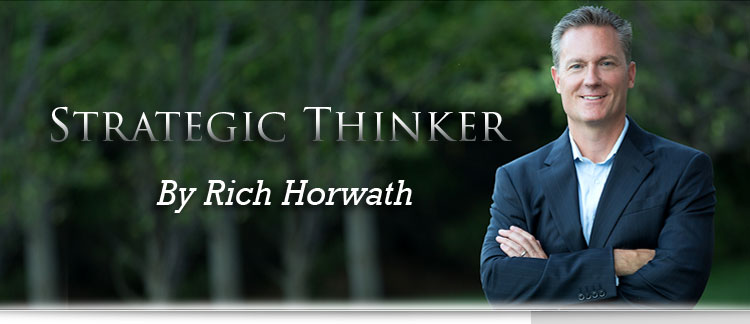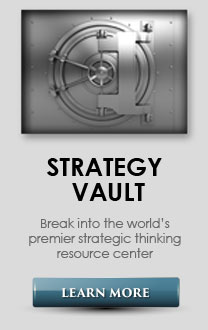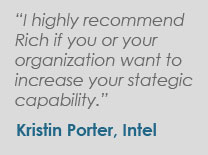
How to Fix Bad MeetingsMeeting (mee-ting) noun 1. the act of people coming together to rehash topics they've been talking about for five months, check their mobile phones every 6 ½ minutes for anything more interesting than the meeting they're in, and agree to things which they have no intention of following up on. While this definition isn't the one in Merriam-Webster's dictionary, it's likely a more accurate description of what's happening in your organization than the book version. Let's face it, most meetings, either face-to-face or teleconferences, are wasting people's time and the company's money. Who says? The research. Today, managers spend an average of 23 hours per week involved in meetings, which equates to more than 1,150 hours per year. Unfortunately, managers rated more than half the meetings they were involved in (live or teleconferences) as "ineffective." When you start to multiply the number of hours spent in unproductive meetings across all the people in your organization, the amount of time, money and energy being wasted is staggering. For example, at one multi-billion organization, a weekly review meeting involving a group of managers cost more than $15 million per year. Would you invest that amount of money in a physical product that was broken? Not likely. You would either fix it or get rid of it. And that's what you need to do with your meetings: Fix them, or get rid of them. The toy company Mattel found themselves in that exact predicament a few years ago. With revenue dropping 8 percent through the third quarter of the year, Mattel CEO Bryan Stockton realized he needed to shake up a culture which had become less about developing new toys and more about PowerPoint presentations and waves of meetings. He and his Human Resources team created policies including the following: ten people or fewer per meeting unless it is a training session; all meetings require a specific purpose; and any decision should require no more than three meetings. The ten or fewer people guideline per meeting is supported by research conducted by author Michael Mankins. He found that for every person over seven in a meeting, the chance of making a decision goes down by 10 percent. Mankins writes, "By the time you get to 17 people, the chances of your actually making a decision are zero." Keep this in mind the next time you're on a teleconference as well. The "more the merrier" philosophy is great for a tailgate party on Saturday afternoon before the big game, but not so much when it comes to meetings and teleconferences. In my work helping companies develop enterprise-wide capabilities in strategic thinking and planning, one of the areas we work on together is developing a more strategic approach to meetings and teleconferences. Part of this initiative includes the adoption and implementation of the Strategic Meeting Framework (SMF). The SMF includes checklists, guidelines and tools, but in the essence of space, the three core elements of the approach are: Intent—Decision—Insights. 1. Intent. The intent or purpose of the meeting should clearly answer why people are investing their time in this interaction. Intent should also capture the desired outcome that the meeting is designed to produce. Especially when it comes to teleconferences, intent is often assumed or overlooked. The absence of intent begets a routine of teleconferences where nice-to-know information is passed along verbally, when it could have been communicated in a much more efficient manner. Notice that intent is not the equivalent of "agenda." An agenda is typically a list of things to talk about. While some of the items on the agenda may move the group toward a desired outcome, the agenda itself is not the purpose or desired outcome. When I facilitate strategy conversations for intact teams or executives from cross-functional areas, managers are expected to share the intent at least a week prior to the meeting to give potential attendees an indication of whether the intent matches up with their goals. Meeting Intent: For the meetings and teleconferences you have on your calendar this week, has the intent for each one been clearly identified? 2. Decision. One of the primary reasons so many meetings waste people's time is that they continue to talk about the same issues over and over, without moving things forward. The feeling of "meeting déjà vu" is not an illusion of having experienced this meeting before, because you actually have experienced it before! The tsunami of multi-tasking that goes on during teleconferences often occurs because the meeting leader did not think through in advance what decisions the group needed to make during the session. It's important that the people involved in the meeting or teleconference are all clear on the decision rights and responsibilities for the topics being discussed. Just as a strategic sales specialist or account manager is not going to spend most of their time talking to a potential customer who can't make the purchase decision, strategic managers are not going to have multiple meetings without identifying the decision makers and providing them with the input required to move things forward. Once a decision has been made, it's important to remember that the Latin origin of decision is decidere, or "to cut off." Once you make a decision to do something, the group should also clearly identify what you will be "cutting off" from your time, attention and budget. If you fail to cut things off, your team will soon be drowning in too many priorities, projects and tasks. Meeting Decisions: For your next meeting or teleconference, what decisions have been identified for the group to make? 3. Insights. Perhaps the most overlooked aspect of meetings and teleconferences should occur in the final five minutes. It's in these final five minutes (or longer) that the team reviews their learnings or take-aways from the interaction. Instead, people are checking their phones to see what their next meeting is or banging out emails and texts. Meanwhile, the entire group has missed an opportunity to get better by recording their insights. Leaving a meeting or teleconference without checking to see what insights have been cultivated contributes to the vicious cycle of talking about the same issues week after week. Typically, the person facilitating the meeting will give participants a minute or two to jot down their individual insights. They will then ask people to share their take-aways to see what the range of insights include along with action steps. The leader can then capture this new reservoir of learnings to build the group's bank of collective expertise. If at the end of a meeting people don't have any new insights, the time together has been wasted. Meeting Insights: What were the top three insights from your most recent meeting? A final action item from the Strategic Meeting Framework is my motto of "Kill One to Create One." If someone in your group or another group proposes a new regular meeting or teleconference, first see if the Intent—Decision—Insights criteria are being met. If so, the group should then decide which regularly scheduled meeting should be terminated: Kill one to create one. You wouldn't continually allow people to steal your laptop, mobile phone or desk chair so why are we so loose with our time? Start treating meeting and teleconference time with the precision and discipline of a financial budget and you'll see effectiveness and productivity skyrocket. Meeting adjourned. |








